Visiting the Tenement Museum, one of our favorite NYC museums
The Tenement Museum is one of our favorite New York City museum experiences. It’s unlike anything else - not a grand gallery for exhibiting artwork or scientific discoveries, and not a homage to important, history-making people. Instead, this museum depicts the stories of the ordinary immigrants and refugees who helped build the city and the nation.
The Tenement Museum focuses on the real lives of New York’s immigrant communities, spanning a timeframe from about the 1860s through the mid-1900s. These were ordinary working folks who would never have thought their own stories would be told as part of a “museum experience” so many years later. And these history lessons take place in the very buildings where they lived and worked.
The Tenement Museum is ever-changing, and this is one of the things I like most about it. I have made several visits over the years and each time, I have had a different experience.
Because the museum operates as somewhat of a “continuing investigation” and urban archeological expedition, new stories and new artifacts are constantly being discovered, and this results in new tours and new lessons from the past.
Their public outreach is very active, and through their Your Story, Our Story project, their archive of immigrant experience is always growing. They also have an educational Youtube channel and an excellent newsletter.
If you have a bent for local history, I would highly recommend a visit. Like living in New York itself, the Tenement Museum never ceases to be interesting.
A hallway and staircase inside the Tenement Museum
A little history of the Tenement Museum - what is it?
The Tenement Museum presents its mission statement as “to inspire connections between past and present and to promote an inclusive and expansive American society.”
The Museum was established in 1988, when historian Ruth Abram and social activist Anita Jacobson discovered 97 Orchard Street — a dilapidated tenement building whose upper levels had been abandoned for more than 50 years!
Abrams and Jacobson purchased the building and uncovered personal belongings and artifacts of the families that lived in the apartments between the 1860s and 1930s.
These items, including toys, library notices, dolls, hairpins, jacks, business cards, high holiday tickets, and more, told the stories of ordinary immigrants whose histories may have been completely forgotten, but who played an important role in shaping the city.
Using these artifacts as touchstones, The Tenement Museum is considered a trailblazer for immersive museum experiences.
It kind of blows my mind a little that any building - dilapidated or not - could stand basically empty in a place as active as New York City for fifty years!!! They say some of the space had been periodically used for storage for some of the shops on the lower levels, but otherwise 97 Orchard had not been inhabited since 1935.
With all the construction cranes that are so familiar as you travel around NYC, I just don’t assume there can possibly be any empty space left, even thirty-some-odd years ago. Just goes to show you how many layers there can be to a place, and how we may be walking right past these layers everyday.
What is it like to visit the Tenement Museum?
There is something very personal about visiting the Tenement Museum. It is all done by small guided group tour, so as not to overly impact the fragile spaces.
All visits begin at the Museum Visitor Center and Shop, at 103 Orchard Street, where you need to check in with your tickets at least 10 minutes before your tour. You can browse the interesting collection of books and gifts as you wait for your tour to be called.
Our guide gave a brief introductory talk before leading us over to the other tenement building, located at 97 Orchard, just a few doors away. The little walk over did give the sort of feeling of “going to drop in on a neighbor”. The guide also offered headsets to the group in case we could not hear her, but we did not find them necessary.
There are a variety of tours to choose from, some are apartment tours and some are neighborhood walking tours, and you will need to book your tickets ahead of time, but more on that later.
These historic buildings are, of course, old, but “safe to walk in”. The point of these exhibits is not to change what was there, so be prepared for steep stairways, some narrow passages, and darkish hallways. But don’t worry; the tour guides take good care of you.
Unfortunately, these buildings come from a time period when handicapped accessibility was not considered, so if you have accessibility issues, it is best to contact the museum ahead of time about your specific needs, via email or by calling. They do accommodate wheelchairs, but not everywhere, due to the historic nature of the buildings. But they do endeavor to welcome all visitors. Best to check with them first when planning your visit.
When we were there most recently, the AC was not working, and with it being summer, we definitely got the “real tenement experience”. But electric fans were running, and personal hand fans were available, so honestly, it wasn’t that bad. Especially when you consider the original residents just had to put up with the heat in these not-very-well-ventilated homes! Tenements were certainly not known for being cool!
The tour guides are all very knowledgeable and passionate about the museum and its mission, so they really bring the stories to life and can answer almost any question. Visitors are encouraged to chime in with their own contributions. I think this adds to the uniqueness of every visit. You never know who will be on the tour with you and what they might add to your understanding of the immigrant experience.
I like the attitude of this museum - that they are always learning.
John’s grandmother, who was born at the turn of the 20th century, lived in this neighborhood as a young girl, as many Irish immigrant families did at that time. Countless families have stories and connections to the Lower East Side - and no matter what country they came from, their experiences in the early days of the 20th century here were unitedly similar.
People of different origins lived side by side and depended on each other; because the rest of their family and social network was back in the old country, far away. This sentiment was well illustrated on the tour, and the feeling of “neighborhood” is significant.
Our most recent visit introduced us to two families who lived at 97 Orchard, one Italian and one Jewish. This was the Under One Roof tour, which focused on a period of high immigration in the early 1900s, when the city saw an unprecedented number of new arrivals from many lands.
Members of both of the featured families (who were young children when they lived at 97 Orchard) had been interviewed when the museum was starting up, and their recollections were used to re-create the experience of what the apartments looked like in those years. Their quotes and insights add a rich background.
Perhaps because I am a city girl, born and bred, I find a kind of romance in these buildings; places that seem to hold a lot of ghosts.
There is a familiarity to the furniture - ornate old dressers, tables, and clunky chairs. Honestly, we may have had some of this old stuff tossed around our house in Jersey City while I was growing up!
Layers of linoleum can be seen on the floors, once advertised as “the carpet you can mop”. Once it is pointed out to you, the carpet-like designs in this old-style flooring is unmistakable.
Other authentic items like photos, toys, dishes, and clothing, all add to the atmosphere of what once was. Many of the items belonged personally to the families being featured.
Something that struck me as amazing from that time period was how little focus there seemed to be on where people slept. Numerous family members squeezed into a single bedroom, or slung two chairs together in the kitchen and called that a bed! Incredible!!
The two chairs on the right were used as a bed.
I’ve previously been on two other of the museum’s tours. The first was several years back, and was specifically about Irish immigrants, which we took John’s late mom to and she thoroughly enjoyed.
The second time I went with a friend on a “girls’ weekend” in the city, and we visited the Schneider’s Saloon location. This was particularly interesting because the saloon life at that period (starting around the Civil War for the Schneider family) was fascinating. (Incidentally, my own dad ran a neighborhood tavern at one point in my life; but that was a very different time than the sort of meeting place these old saloons used to be.) Plus, the curators had recently unearthed many artifacts at that location.
The bottom line is that you can really tailor your visit to your interests and select a tour that is meaningful to you. They even have LES food tours! Private tours are also available.
Tenement Museum logistics: Hours, Getting tickets & How to get there
The Tenement Museum is not just a single place - they own several buildings and also cover the Lower East Side neighborhood with their tours.
But everything begins at the Museum Visitor Center and Shop, which are located at 103 Orchard Street. Arrive at least ten minutes before your tour is scheduled to begin and check in at the desk.
Tickets:
Since the size of tours are limited, it’s best to purchase your tickets ahead of time. Take a good look through the museum’s website to see what tour you’d like to take and to purchase your tickets.
Generally, Adult admission is $30 for apartment tours and $55 for food experiences.
There doesn’t seem to be any specific discount for Seniors or Students, but Members can enter for free, and NY teachers can enter for free on Sundays.
The Museum also offers discounts for active military and neighborhood residents (10002 zip code)
Hours:
The Tenement Museum is open 7 days a week, 10am to 5:30pm, (6pm on Fridays and Saturdays)
Directions:
The Museum Visitor Center and Shop are located at 103 Orchard Street, on the corner of Orchard St and Delancey Street. This is where every tour begins. Check in at the Visitor’s Desk when you arrive.
A wheelchair-accessible entrance is located on the Delancey St side (the address is 81 Delancey Street)
The Museum does not offer parking, and parking is pretty limited in the area in general, so it’s best to take public transportation.
By Subway: Via B, D lines, take Grand St stop. It’s about a five block walk from there.
Via J, M, Z, F lines, take Delancey/Essex Street stop and walk about two blocks to Orchard Street.
By Bus: M15 or M14A Select Bus both stop nearby
Looking to visit more unique NYC museums? Check out our post: A Trip to The Met Cloisters: everything you need to know
A few more thoughts on the Tenement Museum
I would definitely call the Tenement Museum a hidden gem for the visitor and a very New York City experience. The Lower East Side is a culturally rich neighborhood to explore, so do have a look around while you are there!
Although there is plenty of new construction, a good number of the older buildings are still in place, so you never get too far from the history. And while my NYC resident son describes today’s Lower East Side as “where college grads go on dates and sip cocktails”, there are still examples of those early 1900 tenements, slid in among the newer additions, echoing the neighborhood’s solid working class roots.
An interesting example is the circa 1905 bathhouse that still stands in the middle of Allen Street, where it crosses Delancey. This free-standing building is completely abandoned, fenced off and covered with graffiti, taking up what seems like some good real estate. In their heydey, many of the tenement residents had to share bathroom facilities, and bathing could only be done in a kitchen sink or washtub, so community bathhouses were popular. They offered a shower, a towel and soap for a small price.
If you look through all the graffiti, you can still see “Men” and “Women” stamped out over the separate doors.
I’m just totally astonished that such a structure could just be standing there, of no use at all, in the middle of a busy NYC intersection! I do hope the Tenement Museum acquires it one day and adds it to its repertoire.
And though I don’t consider myself trendy, I did enjoy sipping an espresso martini at Beyond the Pale after our day at the museum!
Something that gave me a lot of admiration for the museum was how they buckled down and really were determined to survive during the COVID lockdowns. It was about that time I started receiving their newsletter, having just visited the museum in December of 2019. Even with visitation shut down, greatly reducing their revenue and threatening their very existence, their researchers continued to write the most incredibly interesting stories in that newsletter, and I have to say, it was one of my major distractions during that uncertain time.
Incidentally, if you want to see how the “other half” was living during the early 1900’s, check out the Morgan Library & Museum in midtown, where financier J.P. Morgan established a magnificent space for his collection of books, manuscripts and decorative arts. It’s quite a juxtaposition against those once humble tenements of the Lower East Side. It’s also mildly ironic that the Morgan is also one of my favorite New York Museums - see no agendas here! Just an appreciation of history.
You can read my review of the Morgan Library at The Morgan Library and Museum, a hidden gem in New York City.
One last thought - the word tenement was not even a negative word in the early days - it simply described a building housing multiple dwellings. It was more the J.P. Morgan crowd who made it negative, associating it with the working-class immigrants of the LES, whom they turned their noses up to, and opting to adapt the French word appartement instead. Very continental. But it doesn’t hurt to remember one’s roots.
For more information on the Tenement Museum, visit their website at https://www.tenement.org.
This post was researched and written by Debbie of the Empty Nest Explorers. You can learn more about the Empty Nest Explorers here
Some well-reviewed NYC tours:
Note - This blog post contains affiliate links. If we recommend a product, activity, or hotel, we might receive a small commission if you buy or book from these links. This is done at no additional cost to you. We only recommend products we have personally used or have thoroughly researched.

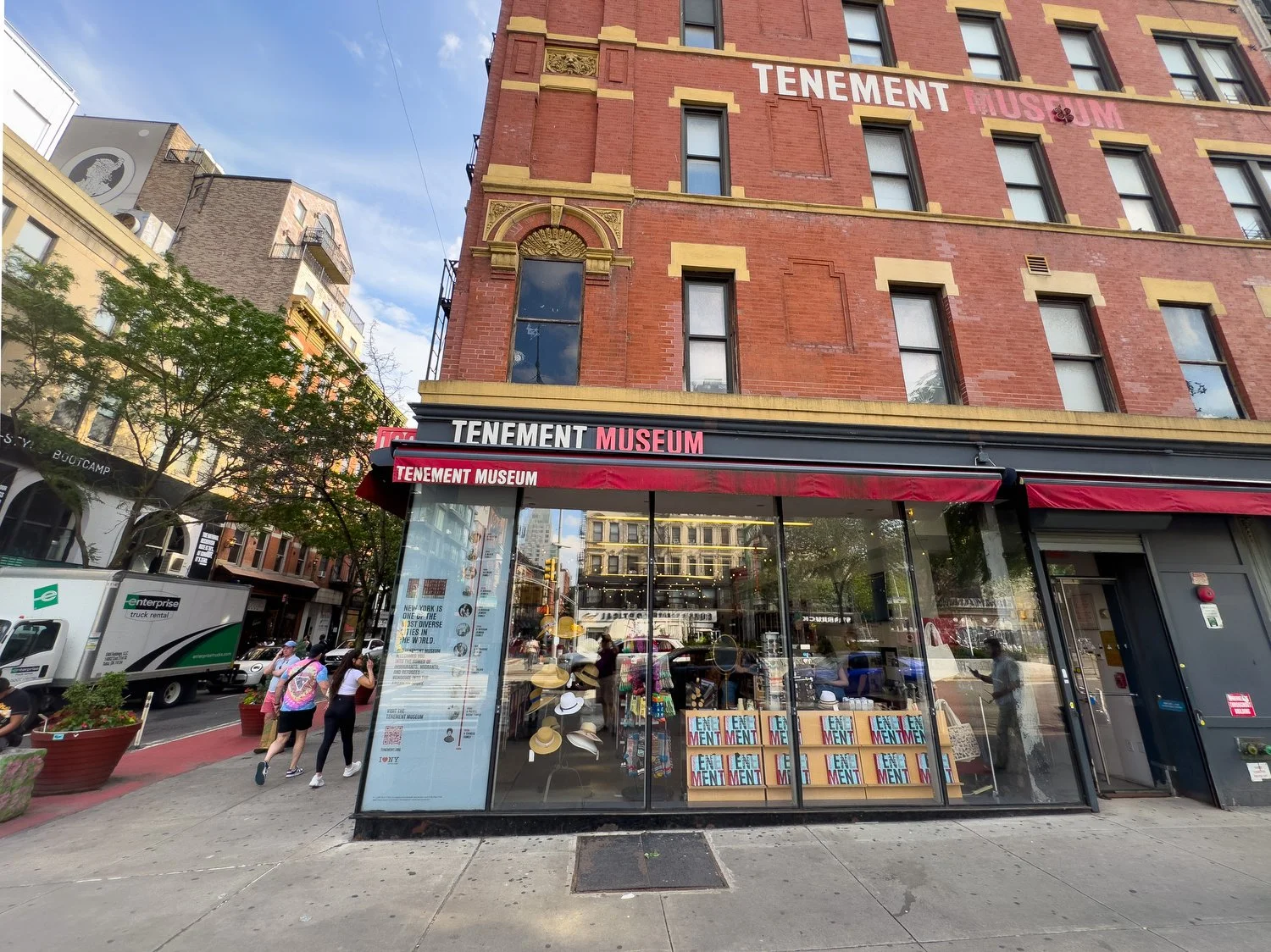
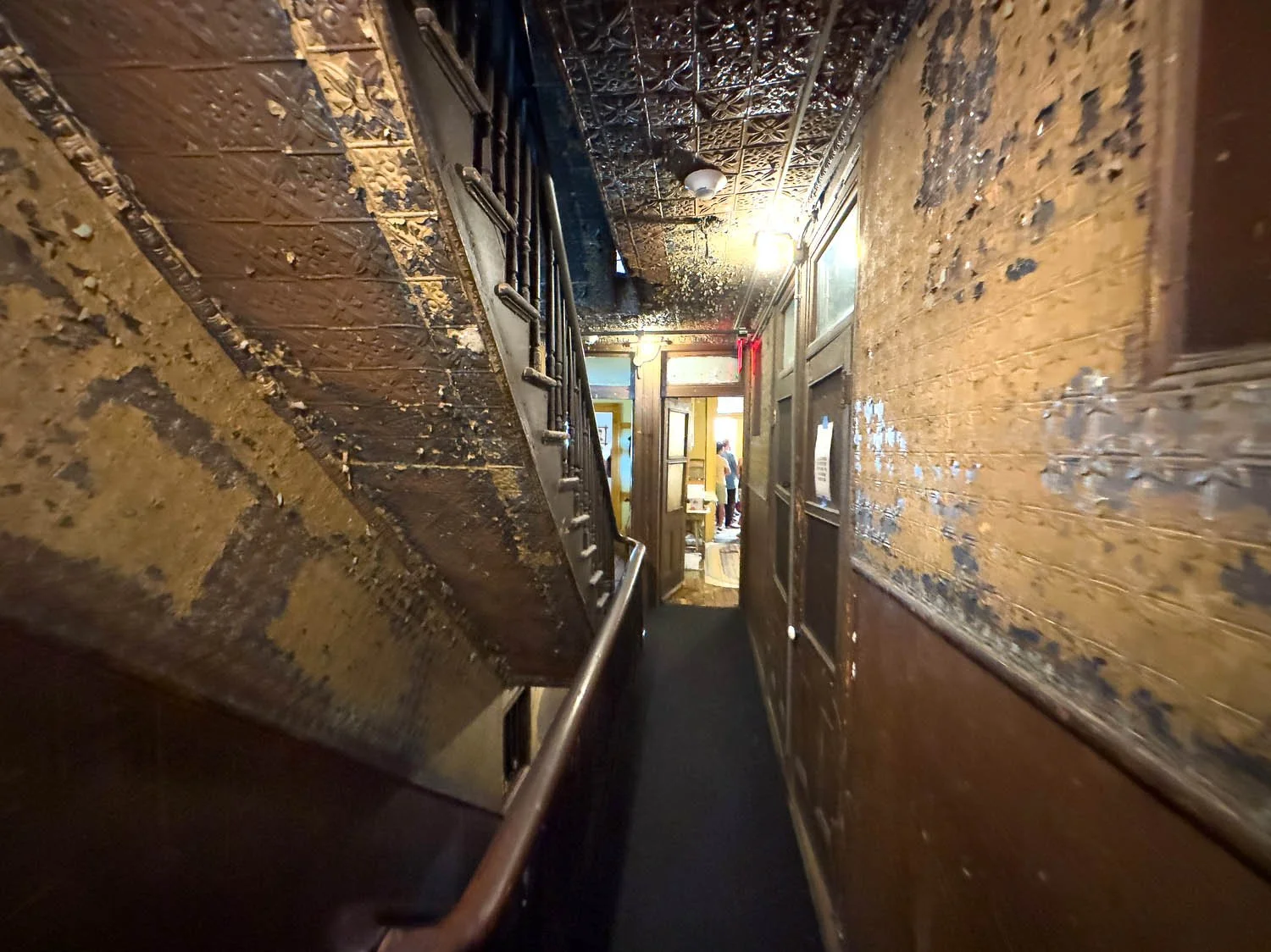
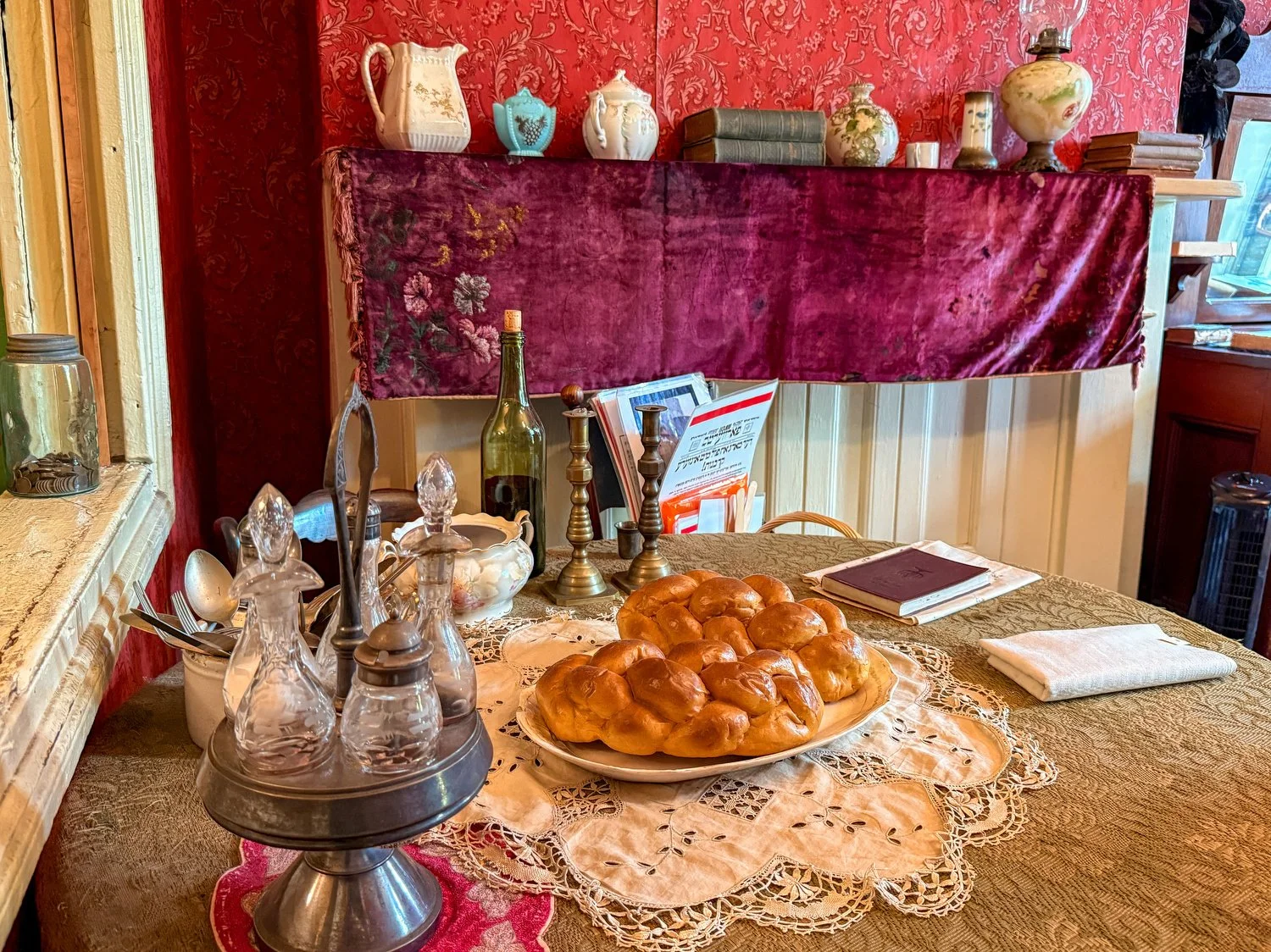
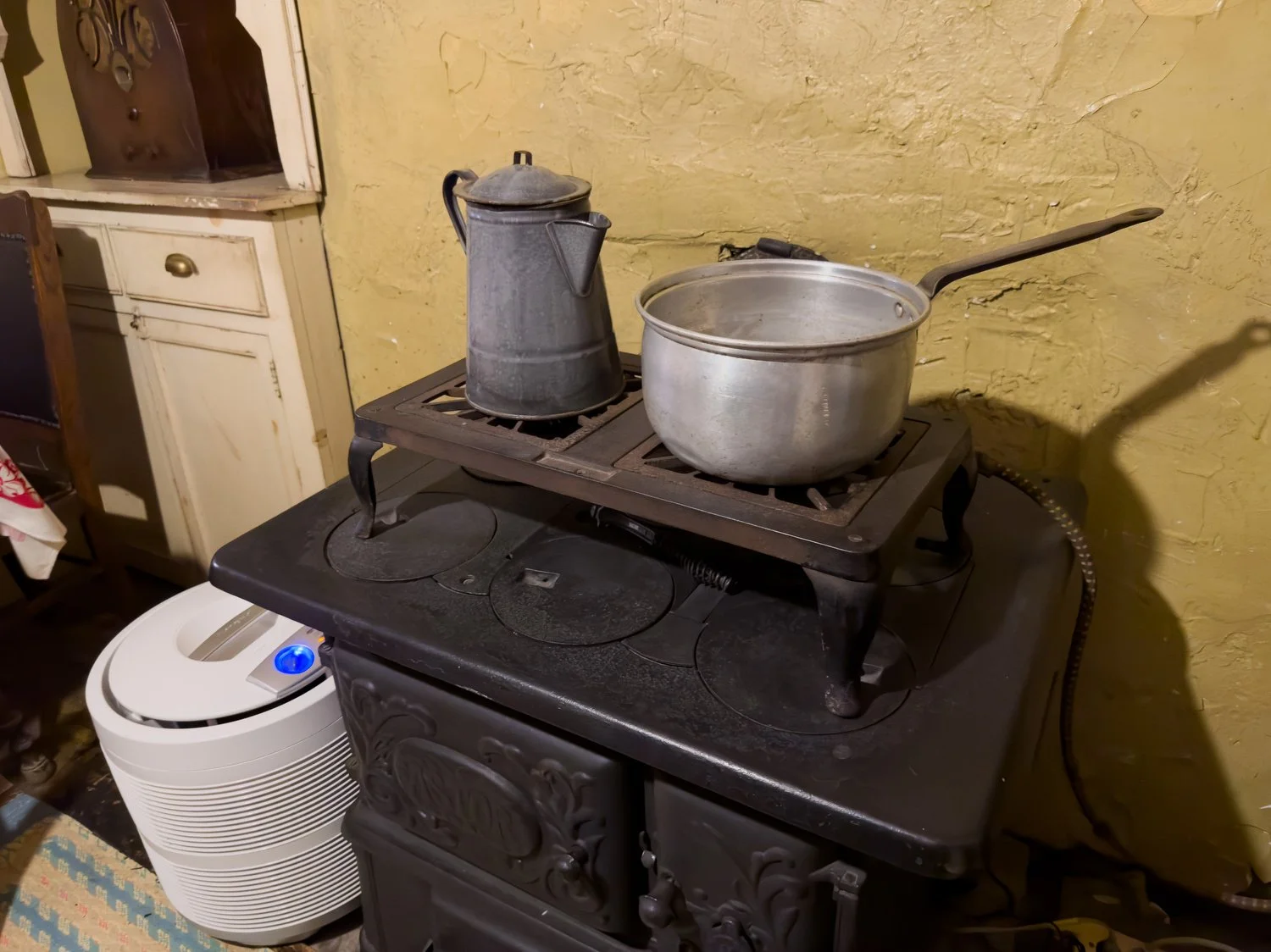
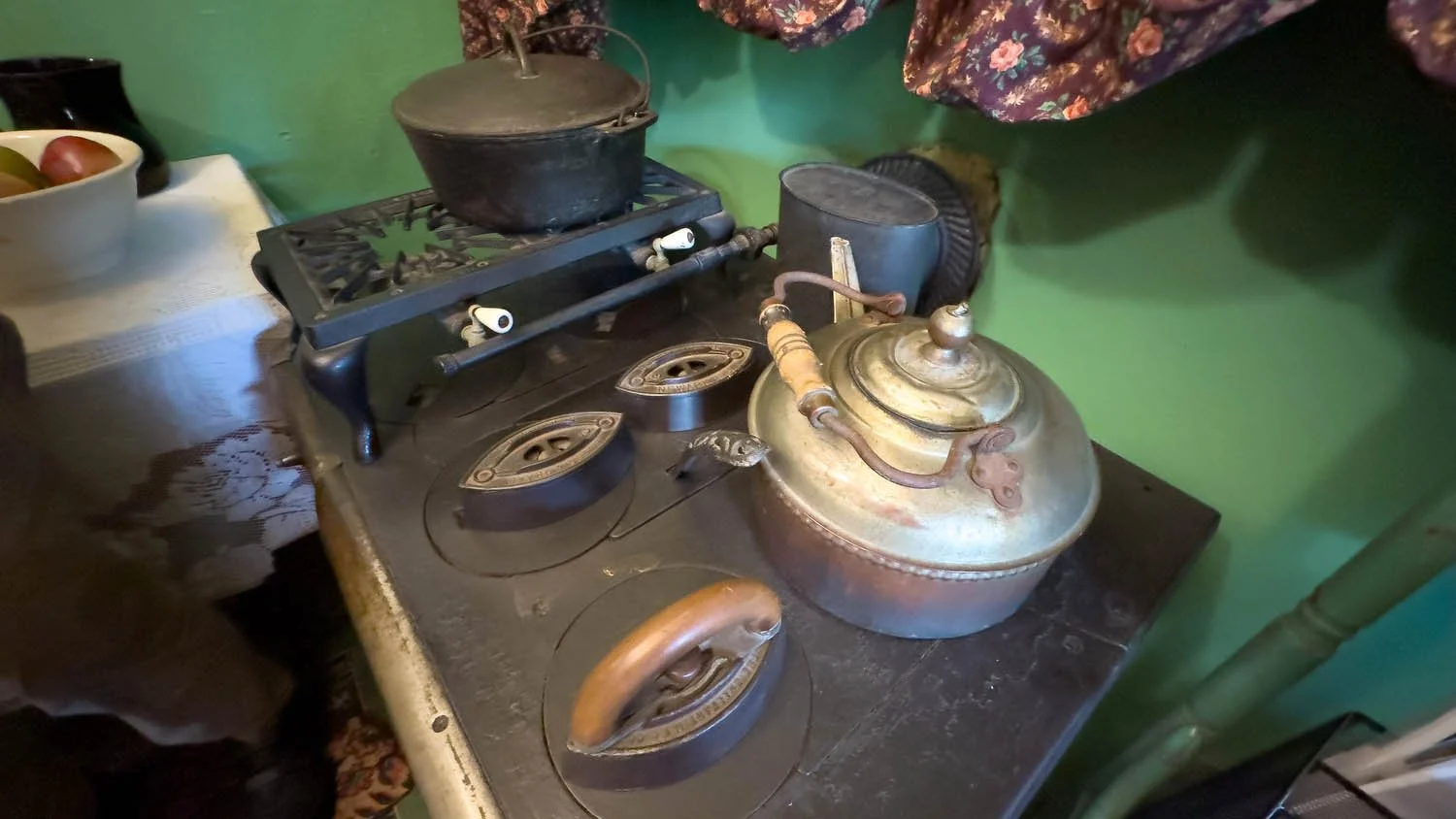
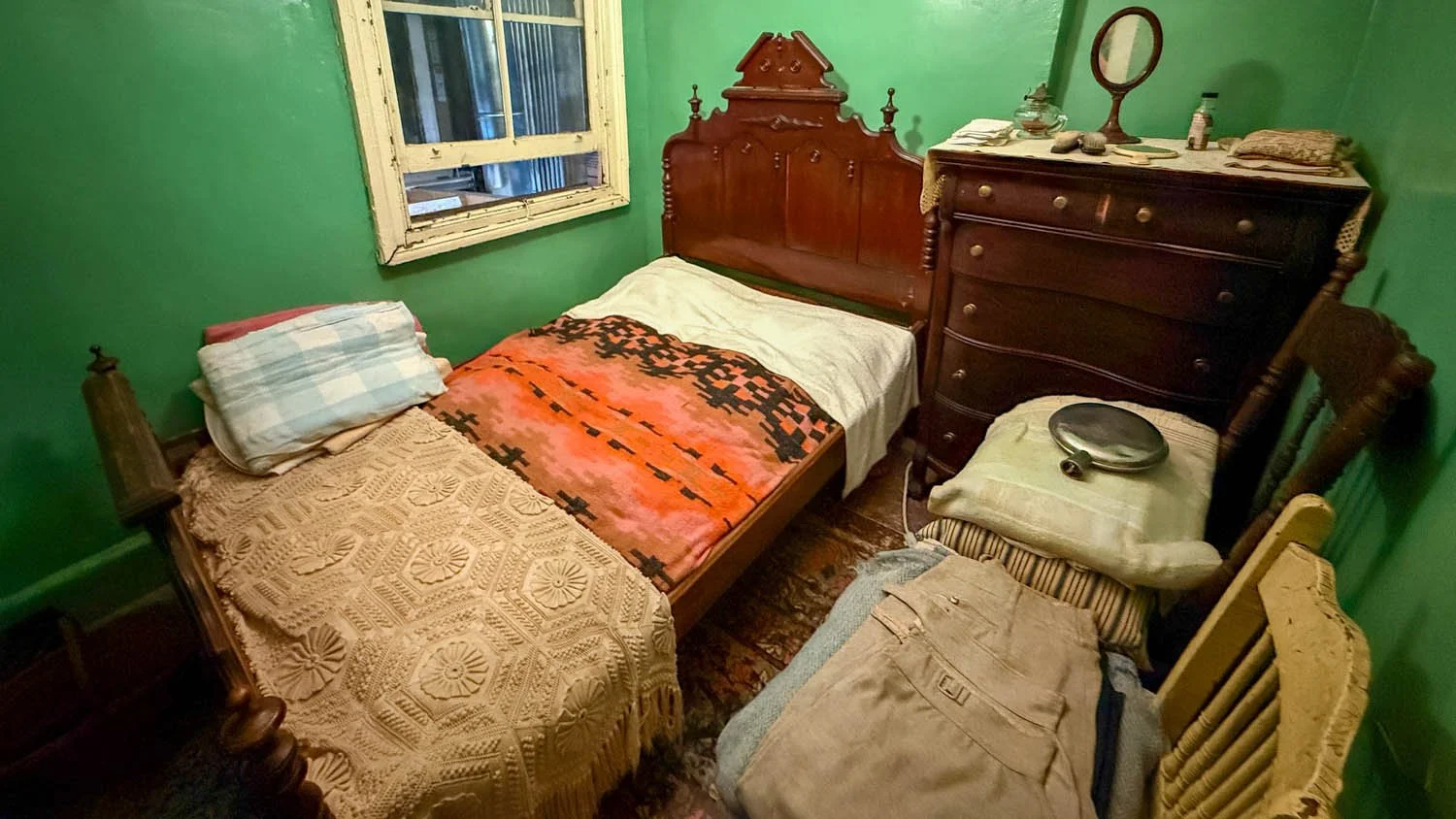
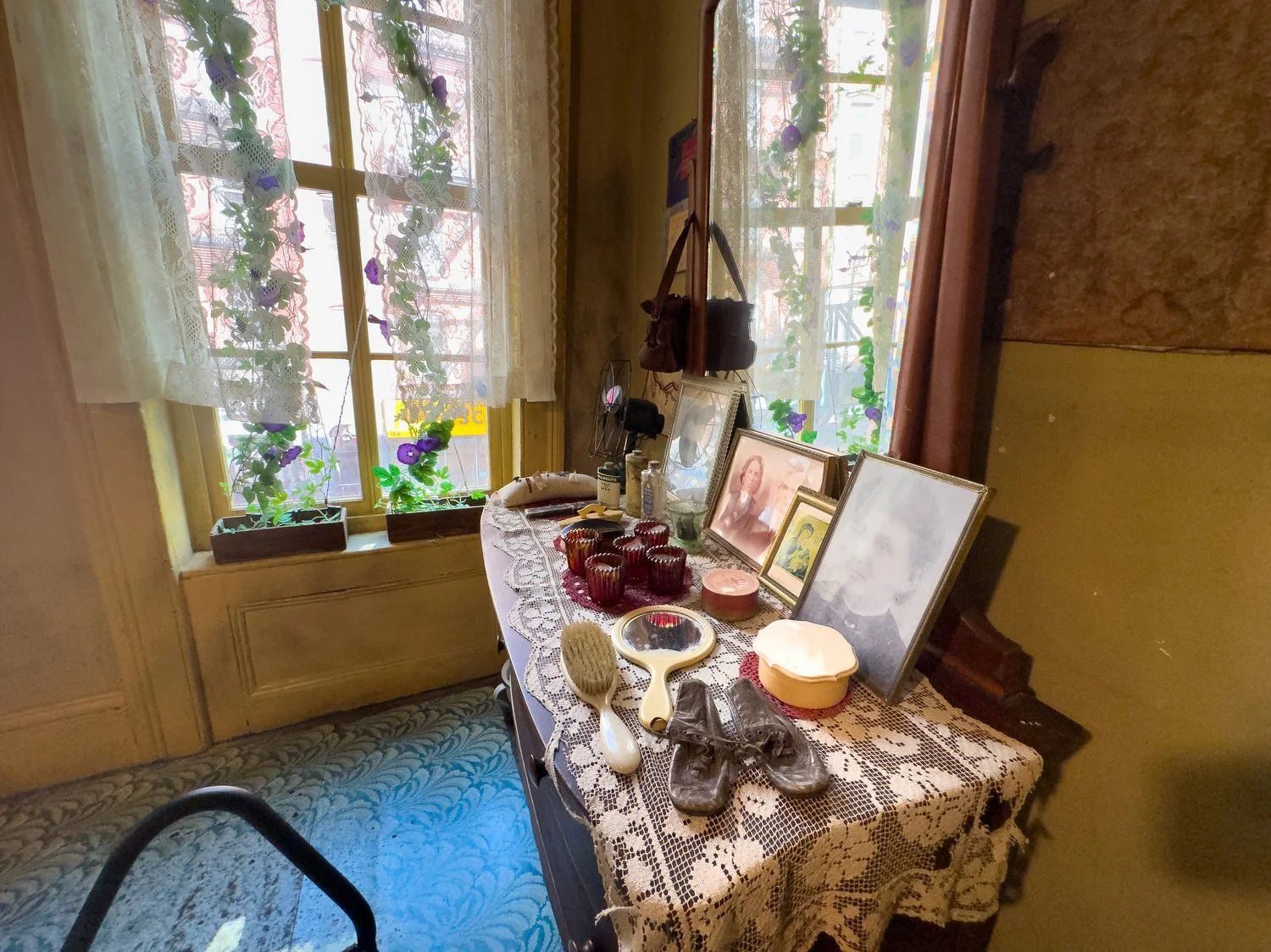
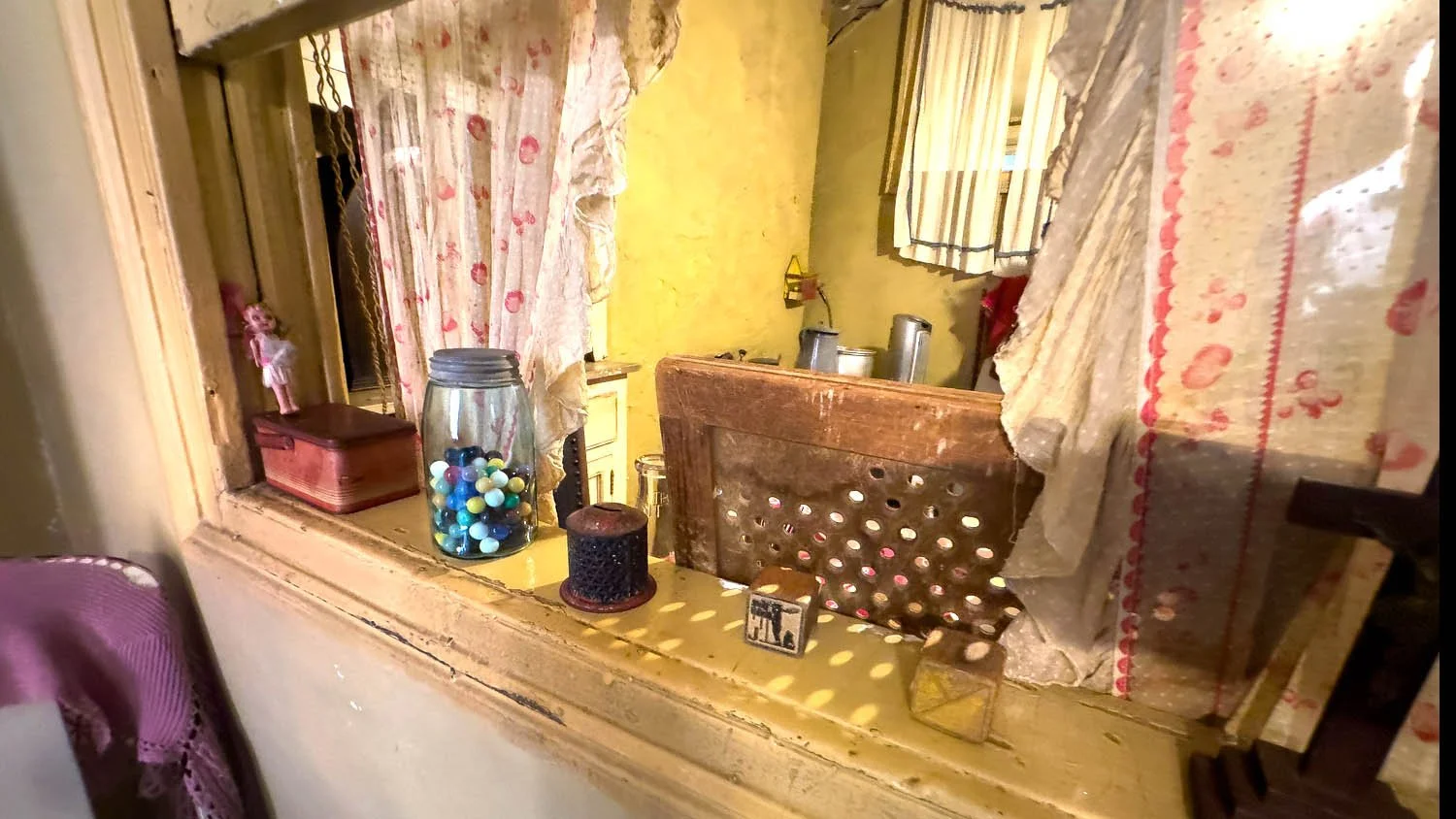
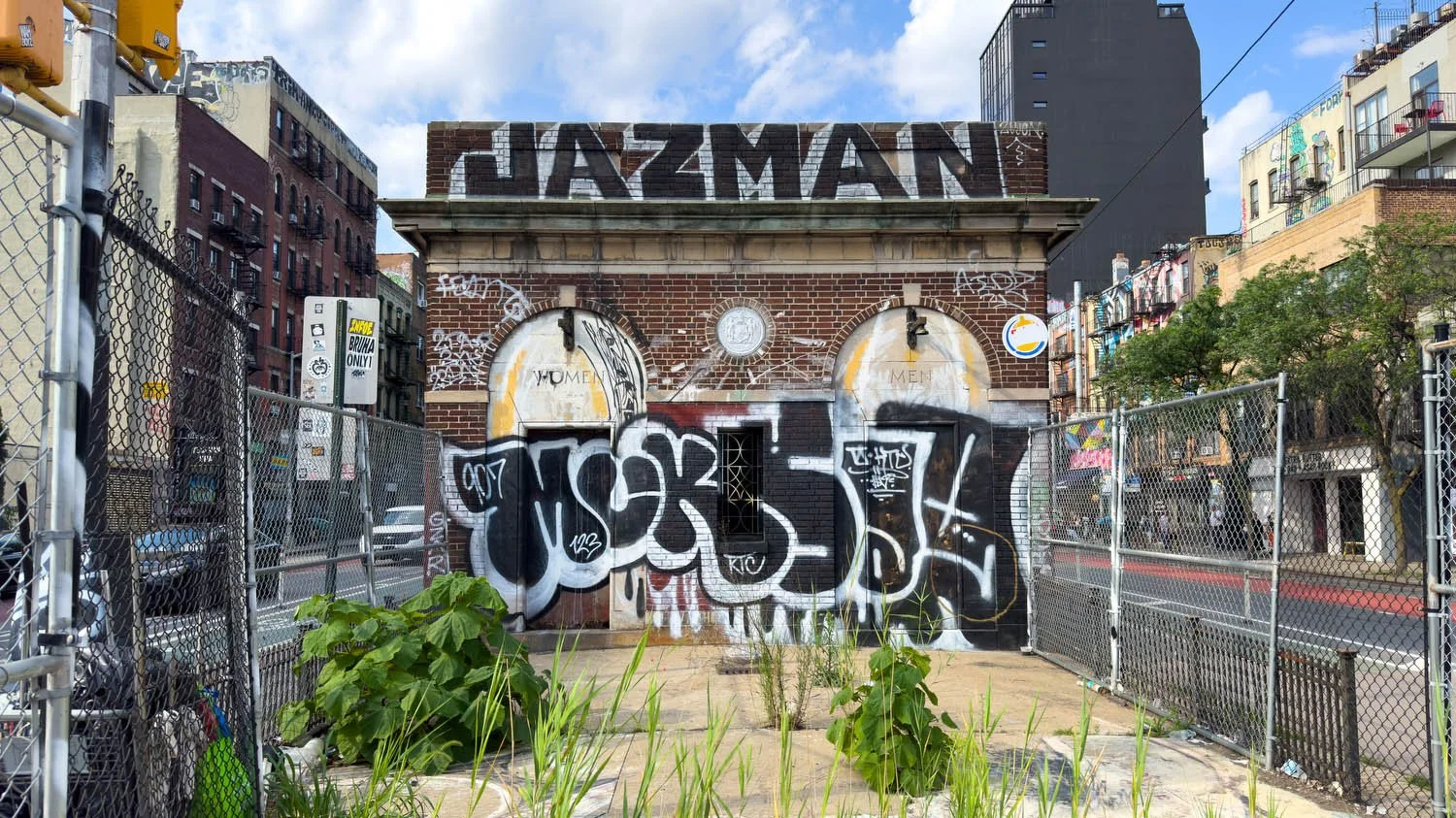










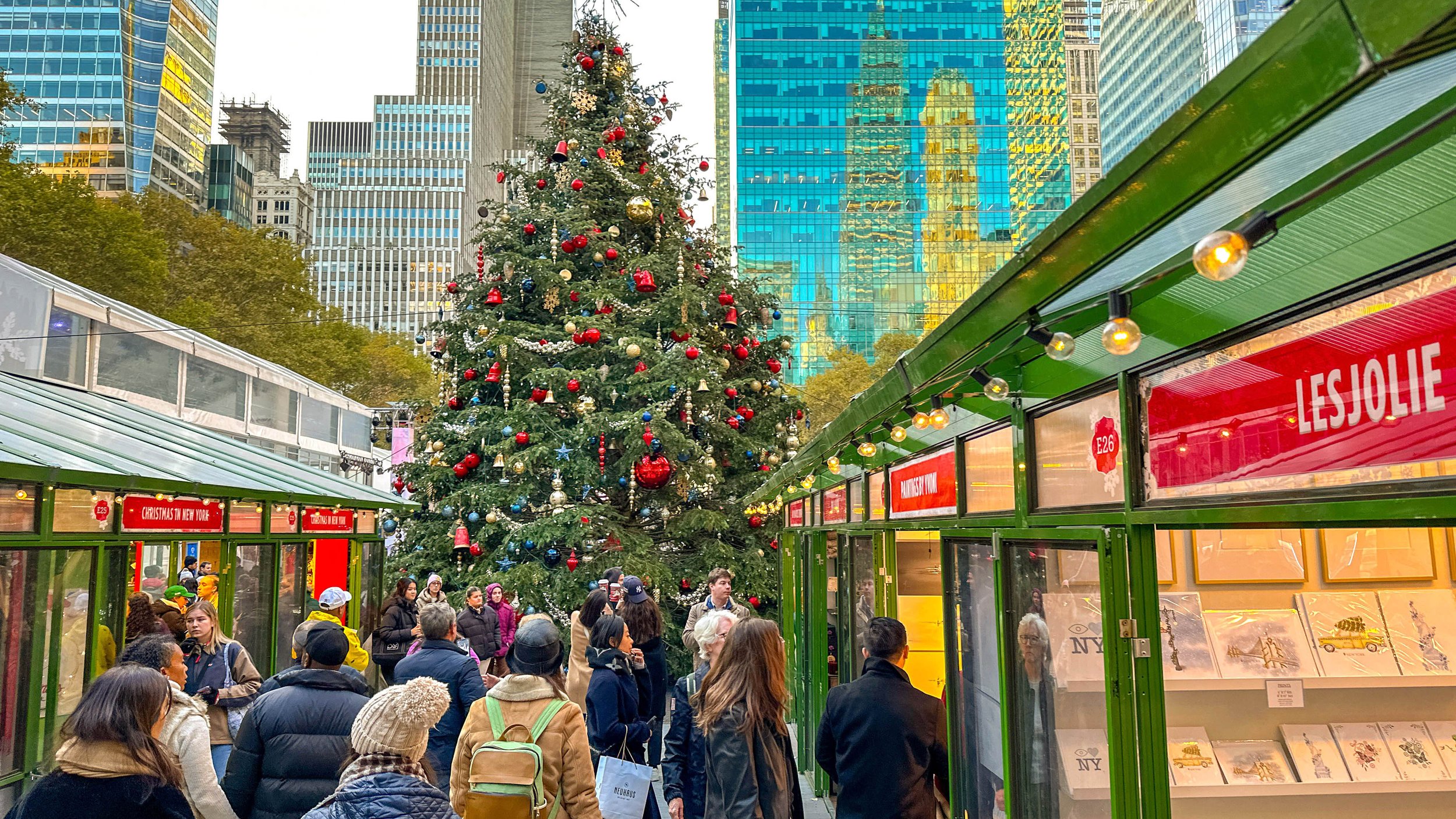
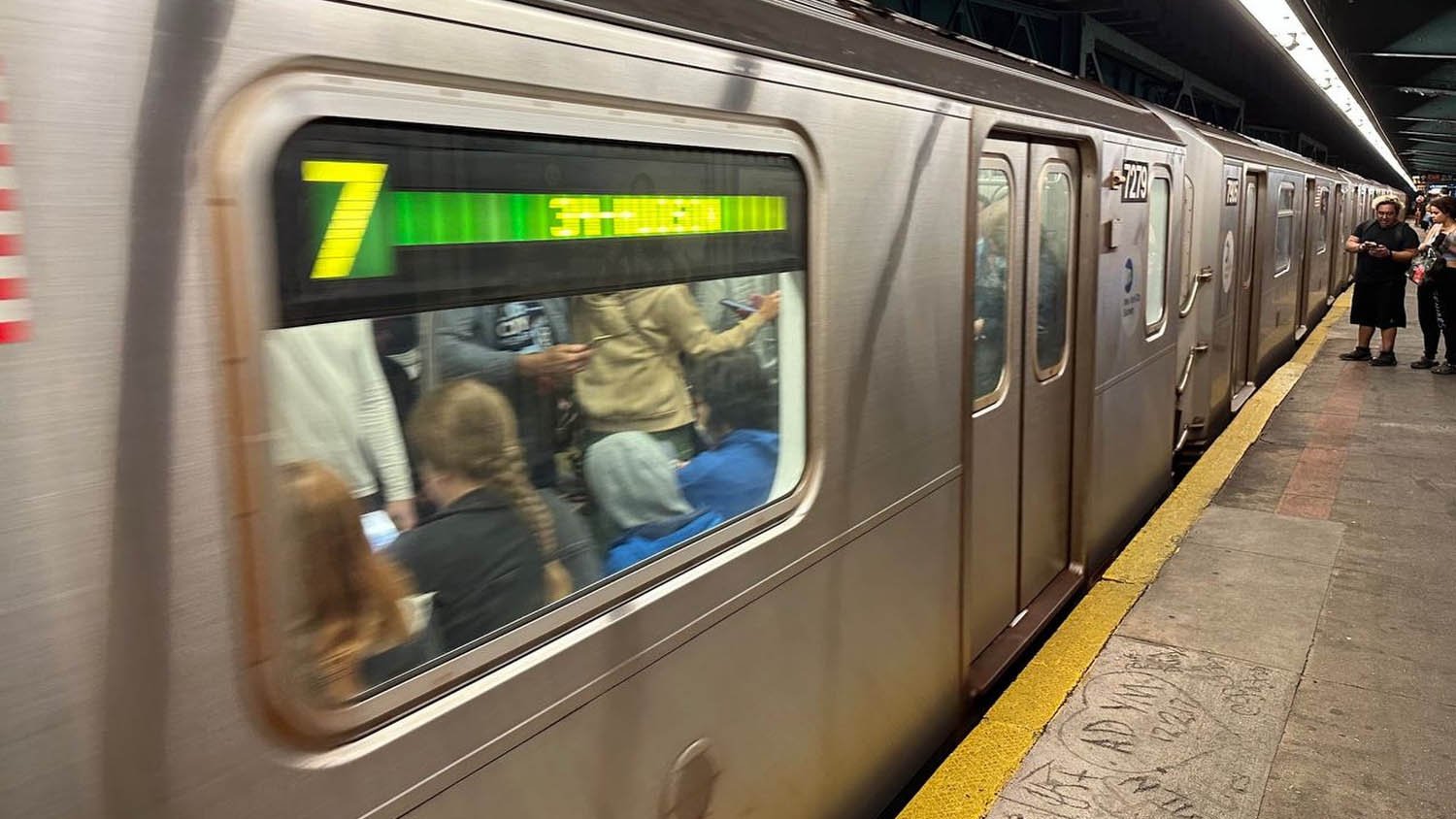

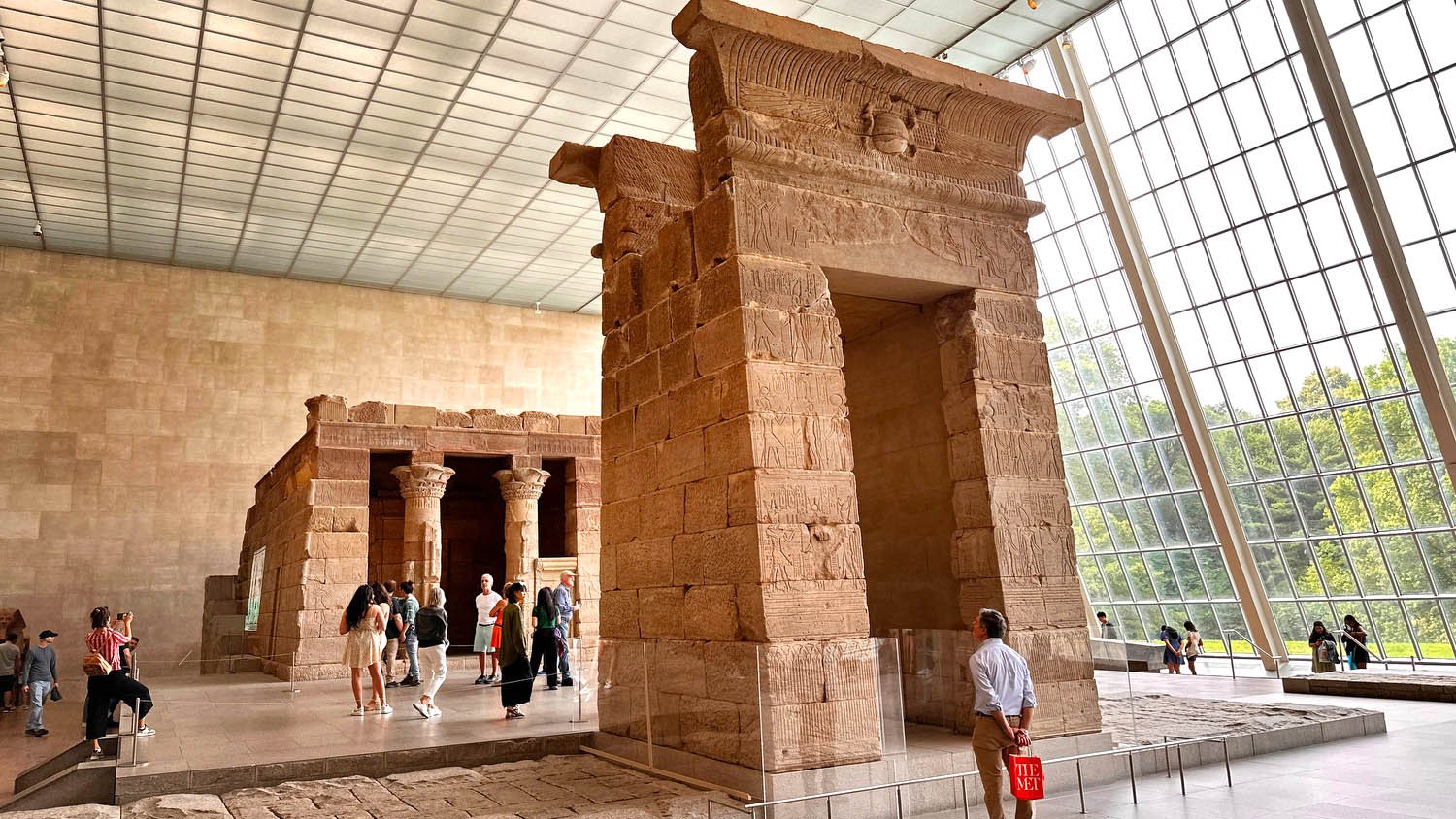
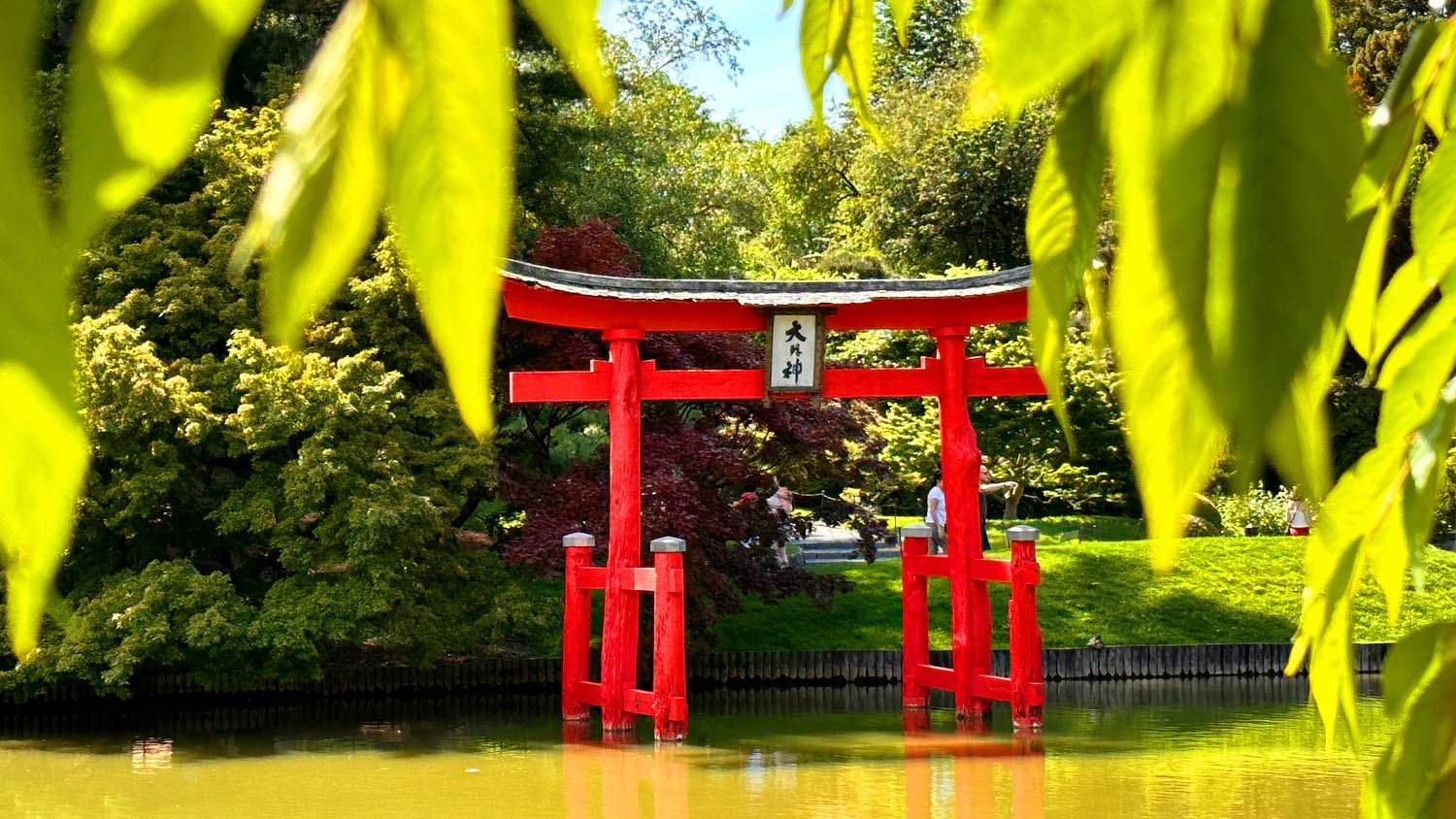
If you are looking to get away from the hustle of New York City without ever leaving the city, then a quick subway trip to the Met Cloisters is the place to go.
The building incorporates real medieval architectural elements imported from Europe and showcases tapestries, sculpture, stained glass, metalwork, and medieval gardens.